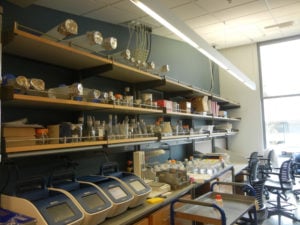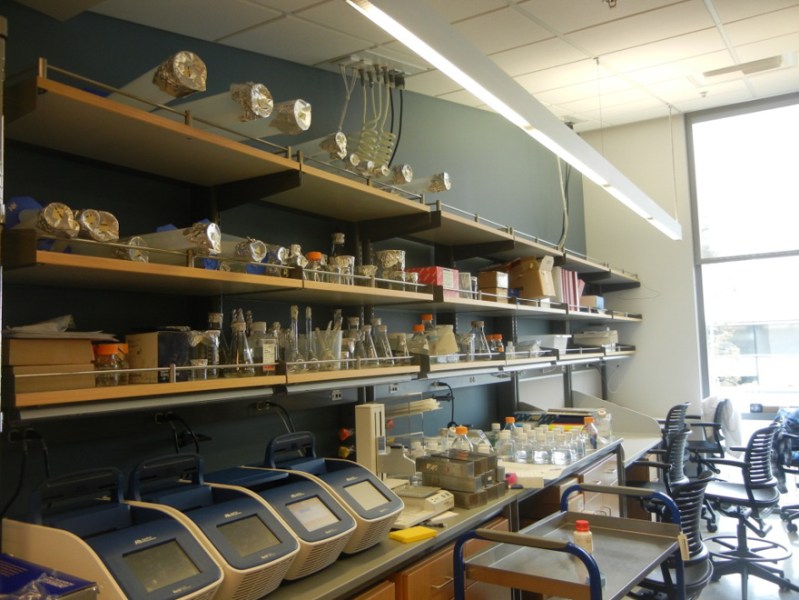A research team at the Stanford School of Medicine has successfully corrected stem cells carrying the gene for sickle cell disease and transplanted the healthy cells into mice.
The team published its progress on Nov. 7 in Nature describing the process of using the gene-editing technique called Clustered Regularly Interspaced Short Palindromic Repeat (CRISPR). The researchers included senior author and associate professor of pediatrics Matthew Porteus and lead authors and postdoctoral scholars Daniel Dever and Rasmus Bak.

Sickle cell disease (SCD) is a group of inherited red blood cell disorders that affects millions globally. Normal red blood cells are rounded and travel freely to transport oxygen throughout the body. In a person with SCD, however, the protein molecules making up red blood cells aggregate under acidic or de-oxygenated conditions, causing the red blood cells to become hard, sticky and “sickle” or crescent-shaped.
The sickled red blood cells die earlier and get stuck traveling through blood vessels, causing problems such as anemia, strokes, organ damage and heart failure. In the developing world, most people affected by SCD will die before the age of five.
Procedures utilizing CRISPR allow scientists to make precise changes to the genes of organisms. A CRISPR sequence is a section of the DNA that is able to target and destroy invaders, especially viruses.
“The beauty of CRISPR is it allows scientists the creativity to explore,” Dever said.
By designing a specific CRISPR sequence, the Stanford team was able to target and replace the gene responsible for sickle cell disease. The team started by extracting human stem cells from patients affected by SCD. Then, they used the CRISPR technique to target the gene responsible for SCD and replace it with a DNA sequence that did not carry the sickle cell gene.
“What we’ve finally shown is that we can do it,” Porteus told Stanford Medicine News. “We can take stem cells from a patient and correct the mutation and show that those stem cells turn into red blood cells that no longer make sickled hemoglobin.”
The team also injected the healthy corrected stem cells into the bone marrow of mice, and after 16 weeks, the cells were still healthy.
Now that the treatment has been successful in human cells and living mice, the team hopes to start human clinical trials in the next few years.
“We’re excited about working to eventually bring this type of therapy to patients,” Porteus said to Stanford Medicine News. “Stanford is building the infrastructure so that we can take our discovery in the lab and develop it, so we can scale up the laboratory process to a process that will be needed to treat a patient.”
Contact Tia Brett Schwab at kbschwab ‘at’ stanford.edu.
